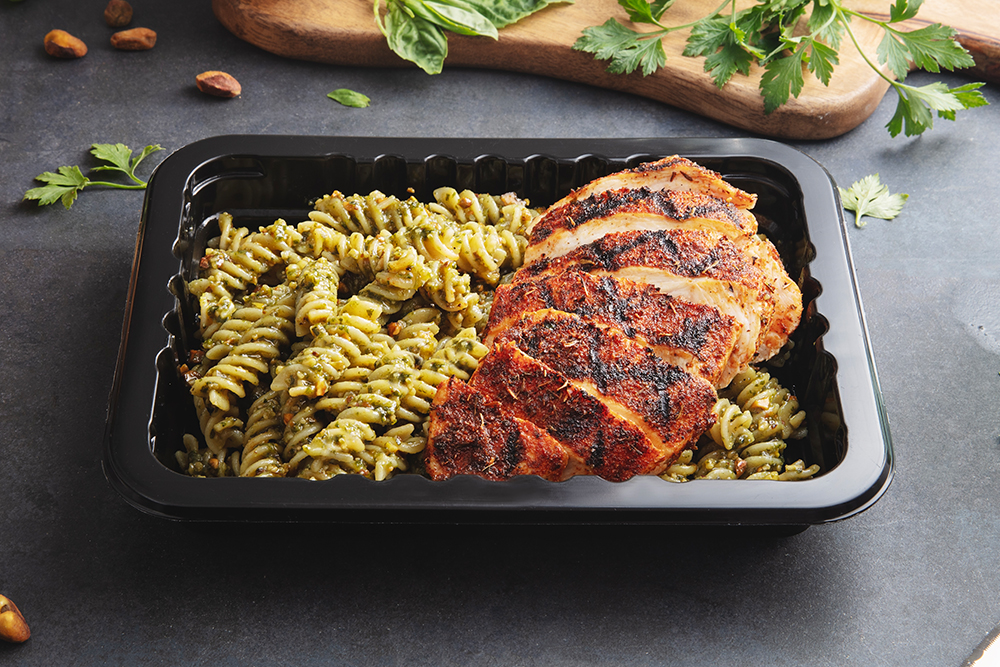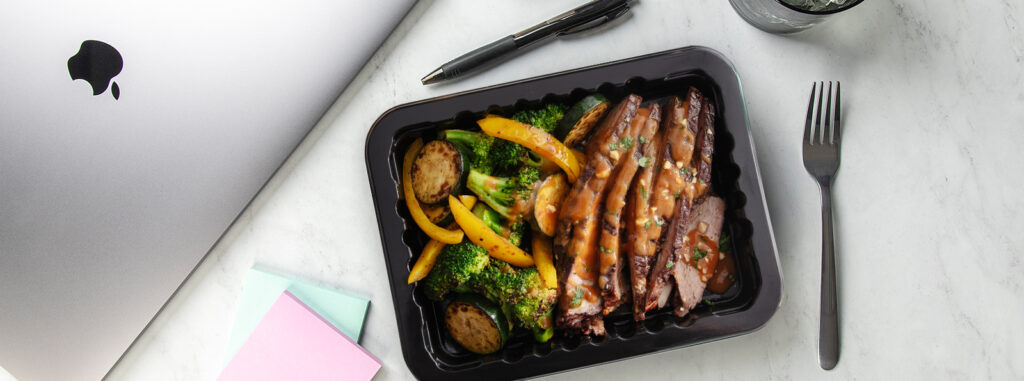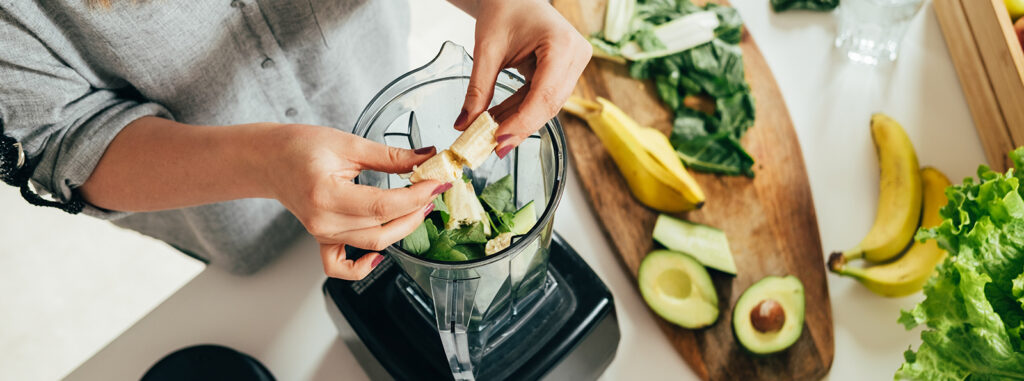Inflammation is a natural and necessary part of a healthy immune response, and one key regulator of this process is histamine. If you’ve ever dealt with seasonal allergies, you’re likely familiar with histamine’s effects—but its role extends far beyond that. Histamine influences digestion, food sensitivities, and more, making it a crucial factor in overall health.
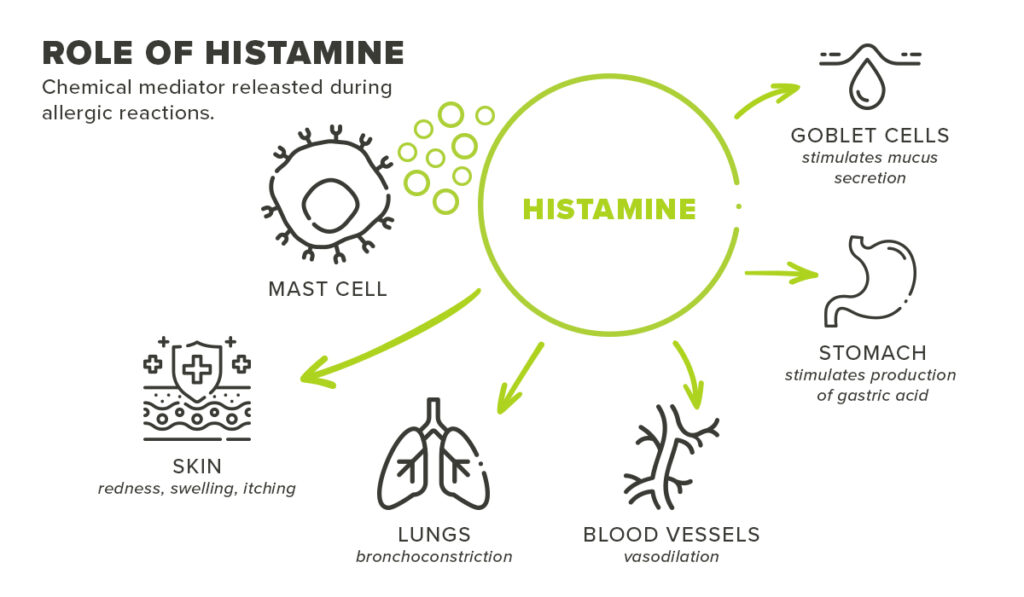
Our digestive system plays a major role in breaking down histamine, both from the foods we eat and environmental exposures we breathe. Additionally, certain bacteria in our gut microbiome can produce histamine, further influencing inflammation.
Histamine intolerance can be challenging to identify through standard blood tests. However, certain markers can help indicate if histamine is playing a role. These include Diamine Oxidase (DAO), C-Reactive Protein (CRP), Immunoglobulin E (IgE), as well as a comprehensive stool analysis that evaluates your gut microbiome and calprotectin levels. By combining these lab results with a thorough assessment of your symptoms and triggers, you can better determine if histamine is contributing to your food sensitivities and allergies.
When histamine levels become imbalanced, it can contribute to chronic inflammation and digestive discomfort. Let’s explore food-based strategies to help regulate histamine and support a balanced inflammatory response.
Food Based Solutions to Control Histamine
1. Remove Gluten and Glyphosate
Breads, pastas and most baked goods contain both gluten and glyphosate. Gluten is a protein naturally found in wheat, barley and rye. Glyphosate is an herbicide found in products like Roundup, that is widely used in growing wheat, corn, soy, oats and legumes.
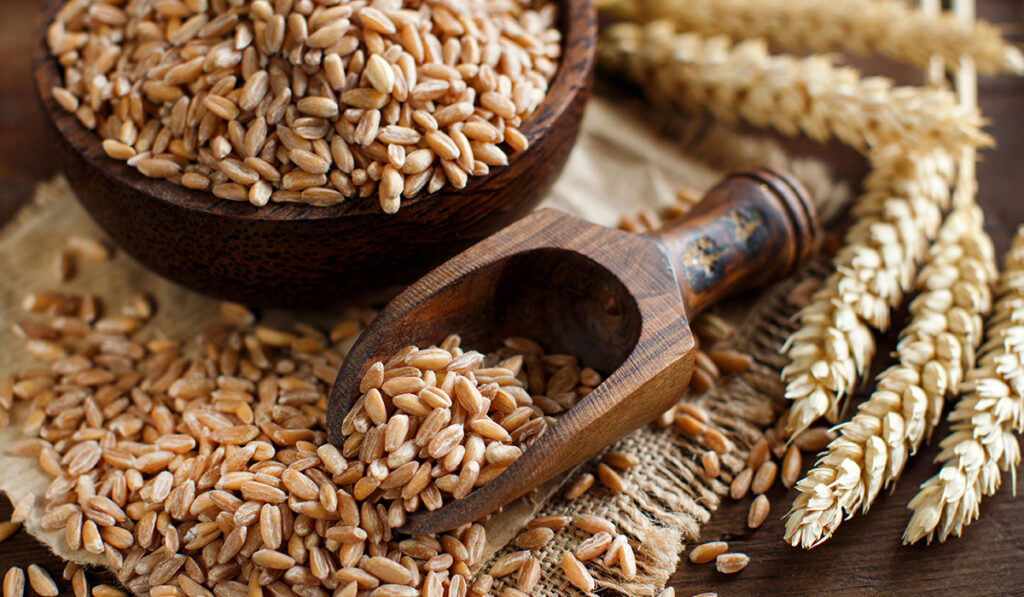
Both gluten and glyphosate have been linked to increased intestinal permeability or leaky gut. A ‘leaky gut’ contributes to histamine release by increasing the ability of foreign substances to pass from the gut through to circulation, triggering an inflammatory response which alerts mast cells to release histamine. When possible, choose naturally gluten free and organic or certified glyphosate-free foods to limit exposure to both gluten and glyphosate.
2. Limit Alcohol Intake
Alcohol can significantly impact histamine levels by both increasing histamine release and inhibiting its breakdown. Additionally, certain alcoholic beverages, particularly red wine, beer, and champagne, contain high levels of histamine.

Alcohol reduces the effectiveness of DAO (Diamine Oxidase), the enzyme responsible for breaking down histamine, and disrupts the liver’s ability to metabolize it. It can also contribute to leaky gut, further exacerbating histamine-related issues. If you’re experiencing symptoms such as headaches, allergies, skin reactions, or digestive discomfort, it’s best to limit alcohol consumption to help reduce these symptoms.
3. Store Your Proteins Wisely
Histamine levels in proteins increase after they are cooked and stored. To reduce histamine content, one solution is to limit cooking proteins in advance, though this can be difficult, especially for those who like to meal prep.
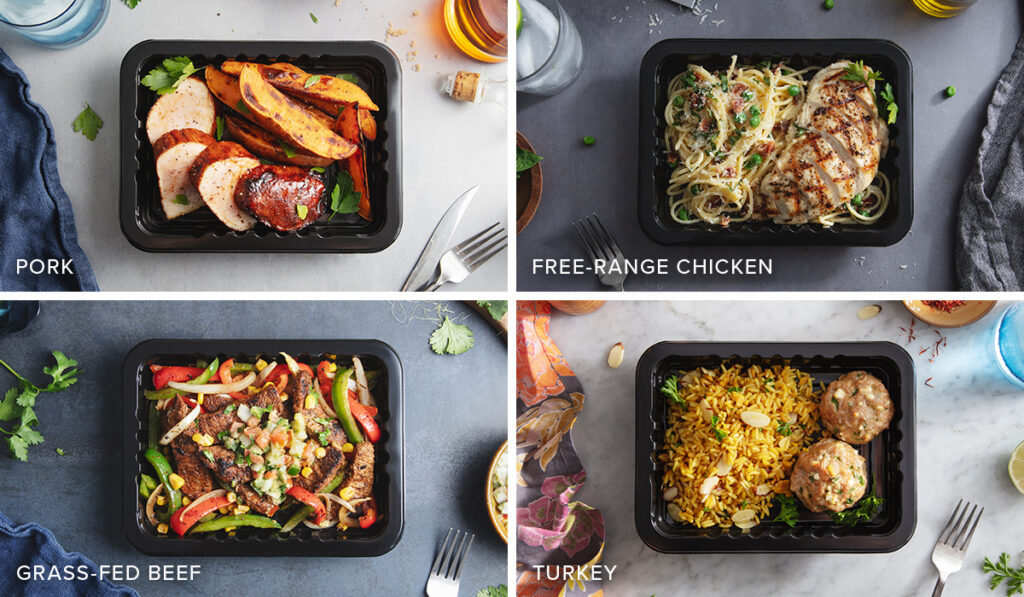
Modified Atmosphere Packaging (MAP) is a technology that extends the shelf life of perishable foods by altering the gas composition inside the packaging. A 2022 study found that MAP can also help reduce histamine levels by inhibiting the bacterial growth that contributes to histamine formation. At Metabolic Meals, we use MAP packaging for all our meals, making them a great option for those following a low-histamine diet.
4. Opt for Red Polyphenols
Polyphenols are antioxidants that help protect the body from free radicals, which contribute to inflammation and oxidative stress. Red polyphenols, found in foods like cranberries, pomegranates, berries, and cherries, have been linked to a higher presence of akkermansia muciniphilia bacteria in the gut.
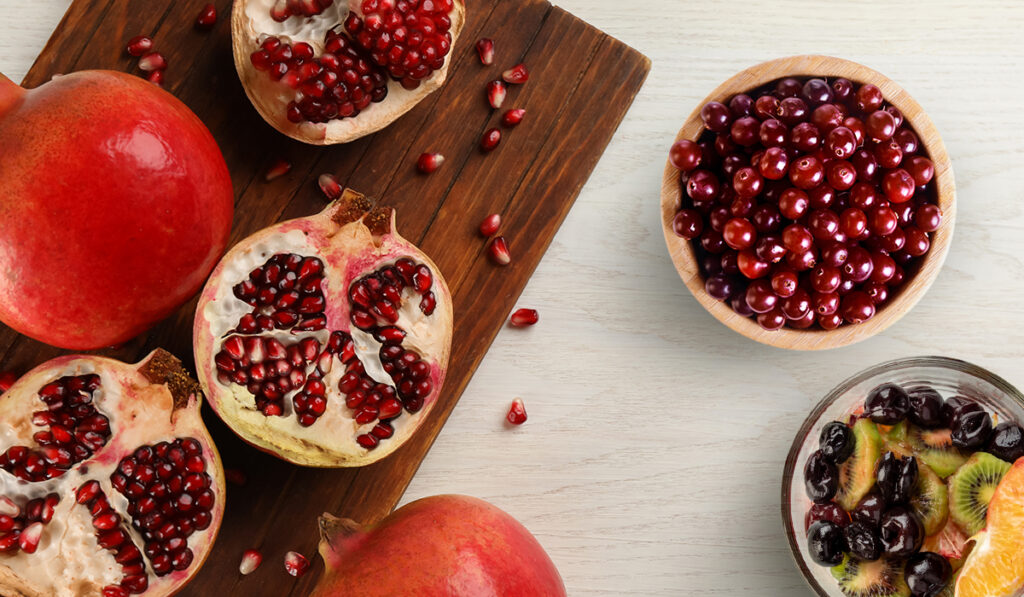
This beneficial bacteria supports a healthy mucosal lining. This acts as a barrier to prevent excessive immune activation and histamine release by blocking inflammatory triggers, such as toxins and undigested proteins from entering circulation. Akkermansia also helps produce short-chain fatty acids (SCFAs), like butyrate, which nourish gut cells and improve the activity of the enzyme DAO.
5. Eat More Proteins
Proteins provide essential amino acids that help build a strong gut barrier and immune system. Since each protein has a slightly different amino acid profile, it’s important to eat a variety of proteins, particularly animal proteins, which contain a complete profile of amino acids.
One key amino acid, glycine, supports liver detoxification, which in turn helps regulate histamine clearance from the body. Glycine is found in higher concentrations in bone-in proteins and bone broth.
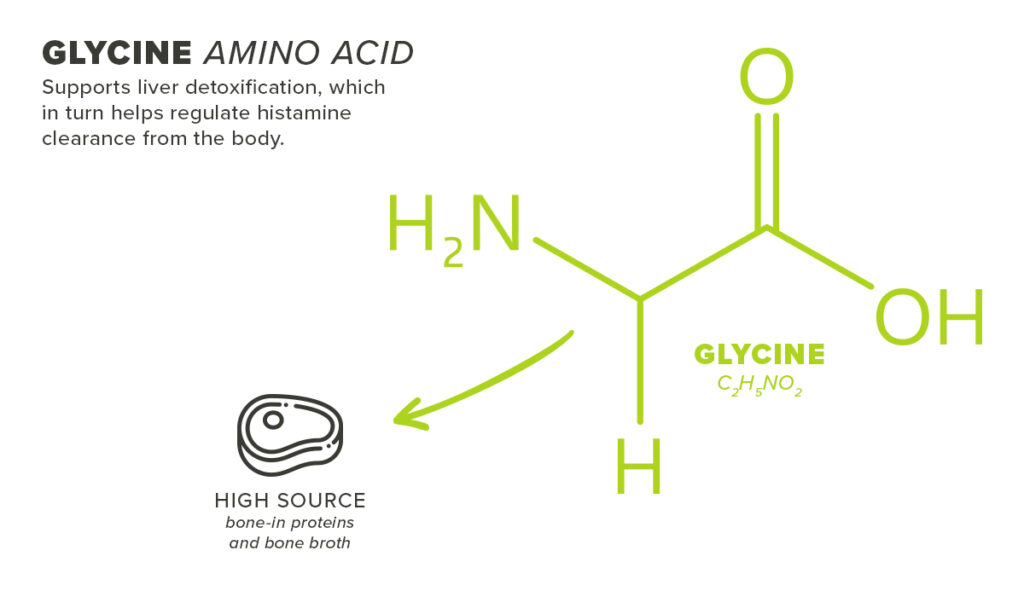
Amino acids like methionine and cysteine also play a role by supporting the enzymes responsible for metabolizing histamine and aiding its clearance. Eggs are an excellent source of both methionine and cysteine. When choosing your meals for the week, try to pick meals with varying protein sources.
6. Add in mucilaginous foods
Mucilaginous foods contain a substance called mucilage, a gel-like substance. Mucilage has the ability to form a protective gel-like layer over the mucosal lining of the gut. This can be particularly helpful in healing a leaky gut. Mucilaginous foods can also help serve as a gentle laxative, ensuring the liver is regularly metabolizing histamine for removal.
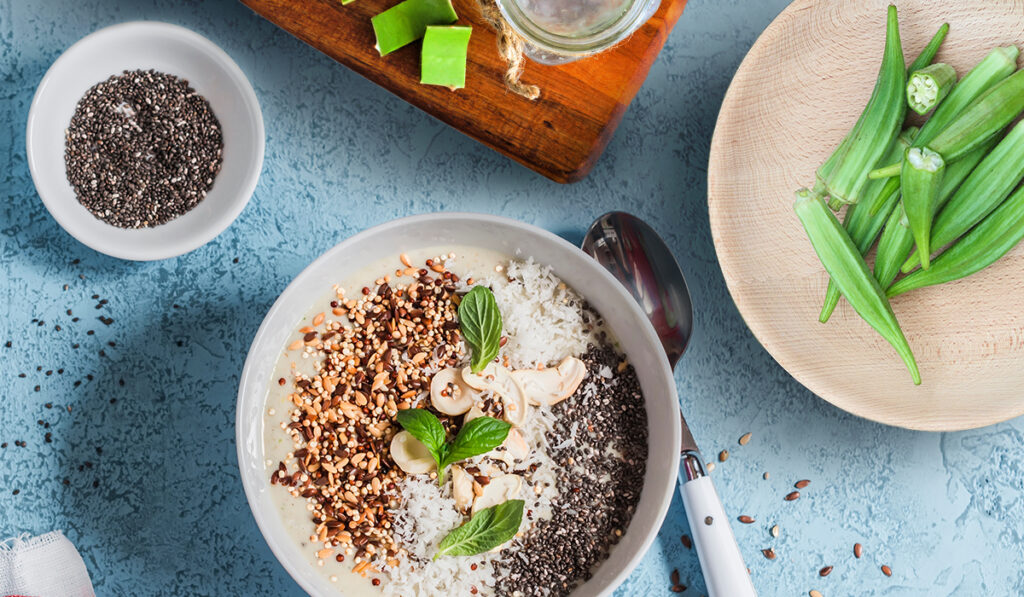
Some mucilaginous foods, such as aloe vera, can support the function of the DAO enzyme, which is responsible for breaking down histamine in the digestive system. Some examples of mucilaginous foods include: flax seeds, chia seeds, okra, aloe vera gel, slippery elm and marshmallow root. Many of these foods can be tasty additions to any of our breakfast dishes or even consumed as beverages alongside a meal.
7. Incorporate Mast Cell Stabilizers
Nutrients like quercetin have been shown to help stabilize mast cells, controlling histamine release. Quercetin is found in onions (particularly the outer layers), apples (especially the skin), cranberries and herbs like stinging nettle and elderberry. These can make great additions to meals or our Premium Protein sides to provide additional histamine supportive benefits.
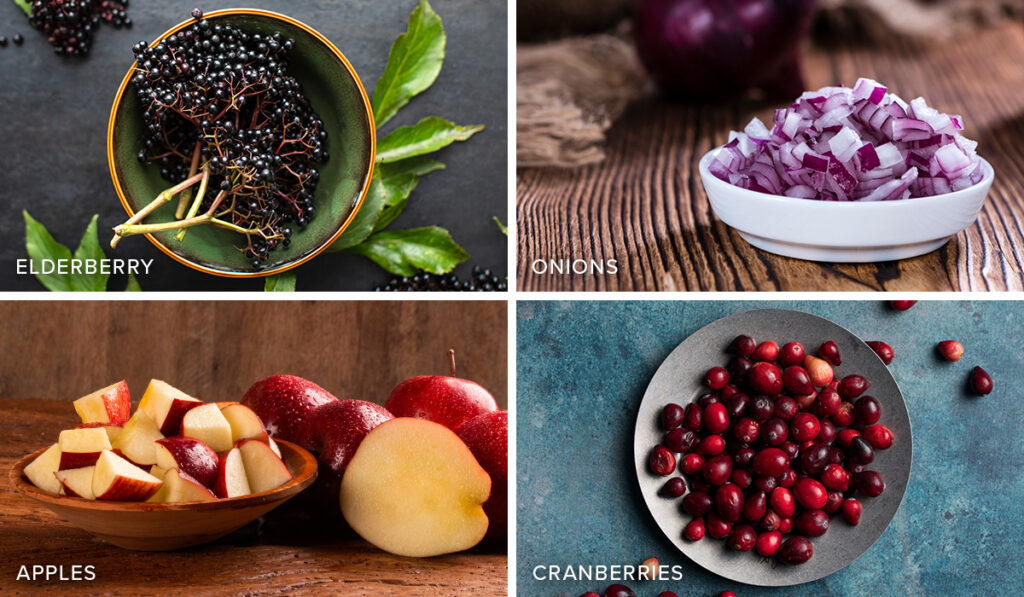
Next Steps
If you’re struggling with food sensitivities or seasonal allergies and aren’t sure what’s causing the issues, it might be time to explore whether histamine is a contributing factor. Managing histamine intolerance can be challenging, and it’s important to understand that simply eliminating high-histamine foods isn’t the solution. The real focus should be on incorporating foods that support the body’s ability to metabolize histamine and reduce its production in the gut microbiome. Let us help take the guesswork out of managing histamine with our convenient, ready-made meals.
About the Author
Lauren Papanos is a licensed registered dietitian nutritionist and nutrition researcher, published in the Journal of Women’s Sports Medicine. She holds her bachelor’s and master’s degrees in nutrition sciences, board certification in sports nutrition as well as advanced certifications in functional medicine and functional endocrinology. She is the owner of the private practice, Functional Fueling Nutrition where they specialize in working with active women and athletes with thyroid diseases and endocrine and metabolic conditions. Lauren has been featured on national television and in Forbes, Shape and Insider. She is the host of the Strength in Hormones Podcast. You can find Lauren on Instagram at functional.fueling and learn more about her practice at www.functionalfueling.com.

